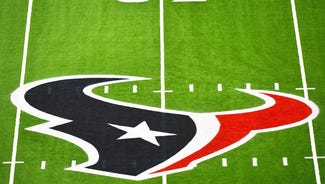





































































































































Blackmon has game-changing ability
The 2012 draft class may be deepest at wide receiver. The NFL Scouting Combine invited 47 wide receiver prospects in 2012, the most since 2008 and up from just 23 in 2011.
Furthermore, 11 of the wide receivers can be found on my current Top 100 list. Of those 11, the skillsets vary from big bodied- red zone targets, speedster-deep threats, quicker-than-fast slot players, and all-around possession receivers.
When evaluating the wide receiver position, it is important to understand the scheme from which the player originated. Much like quarterbacks, a wide receiver’s stats may actually be a product of his offensive system more so than an indicator of the skills he will parlay into a successful career in the NFL.
Similarly, a wide receiver may not be as productive in college as his measurables and skills might suggest. Case in point: Oklahoma State’s Justin Blackmon compared to Georgia Tech’s Stephen Hill.
Blackmon ranked third in the Football Bowl Subdivision in receiving yards with 1,522 and fifth in total receptions with 122. On the other hand, Stephen Hill only totaled 820 yards and 28 receptions last season. That is a huge contrast in output for players that are ranked sixth and 36th on my Big Board. Likewise, the next seven wide receivers on my list all totaled more receptions than Hill last season.
I am not suggesting that Blackmon is only a product of his offensive system, because he isn’t. In fact, he is comparable in skill-set to Hakeem Nicks, Eli Manning’s favorite target the past two seasons. Blackmon plays with great technique and balance and has better top-end speed than short-area burst.
He is a physical runner after the catch and is rarely brought down by arm tackles in the secondary. Blackmon will be more of an intermediate route runner than a pure deep threat in the NFL, but he has big-play potential because of his ability to turn a simple catch into a game-breaking touchdown. He is prone to drops due to lack of concentration, but that will come with maturation at the position.
As for Hill, his tape is much harder to evaluate based on the heavy option offense that Georgia Tech employs. Much like Demaryius Thomas coming from the same offense, you must project how Hill’s college performances will translate into an NFL-style passing scheme in which he will be asked to run a more traditional route tree.
Much of Hill’s college success came off the play-action pass in which he was the deep ball threat, averaging nearly 30 yards per catch in the 2011 season. When you come from an offensive system like Georgia Tech’s, you must find alternative ways to catch the eyes of NFL brass. And that is exactly what Hill did at the NFL Scouting Combine.
He measured in at 6-foot-4, 215 pounds and ran an eye-popping 4.36 40-yard dash while jumping a 39.5-inch vertical along with an 11.1-foot broad jump. His 40-yard dash speaks for itself, but his jumps showed a display of explosive power that made scouts eager to find out more about him as a player. They found a prospect that is full of potential, but once again, you are drafting potential rather than a purely defined talent.
Just like Hill’s 6-4 frame, Michael Floyd, Alshon Jeffery, Mohamed Sanu and Reuben Randle all have similar body types that display a huge catch radius. Conversely, there is one standout player who is under 6-feet, and that is Kendall Wright from Baylor (5-10, 194 pounds).
Wright had a contrasting experience than Hill at the combine in that he ran a disappointing 40-yard dash time of 4.61, quite slow for any wide receiver prospect, let alone one under 6 feet. But just like a player whose stats could be inflated based on his college offensive scheme, Wright’s 40-yard dash wasn’t indicative of the speed in which he plays with on the field.
On tape, you see a player who consistently beats deep coverage with elite acceleration and stop/start route running. Wright gets in and out of breaks while maintaining his top-end speed, and that means defensive backs must give him a cushion on underneath routes or they are susceptible to being beaten with double moves.
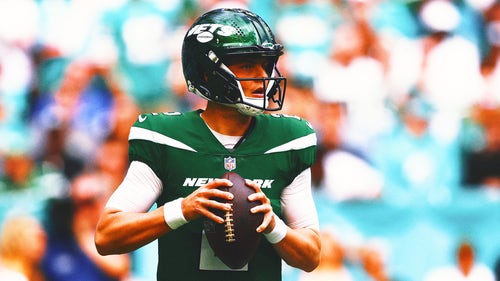
Jets reportedly trading former No. 2 overall pick Zach Wilson to Broncos
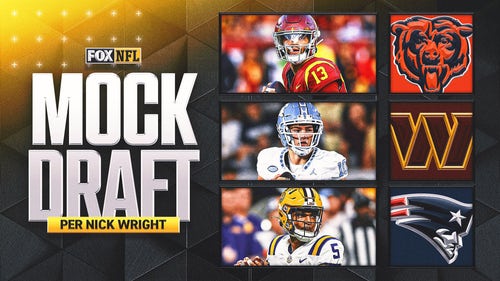
2024 NFL Draft: 5 QBs drafted, Jets add Bowers in Nick Wright's final mock draft
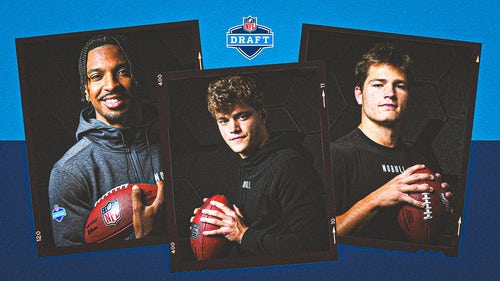
Sportsbooks brace for NFL Draft betting: 'It’s an impossible task'
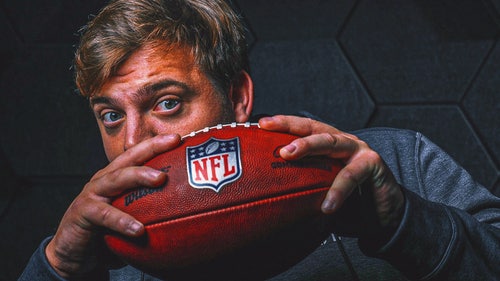
Meet the most interesting player in the 2024 NFL Draft
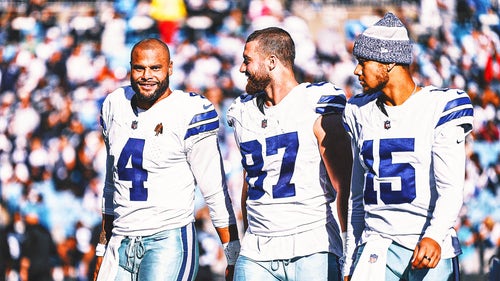
What are Cowboys’ best options at QB if Dak Prescott leaves?
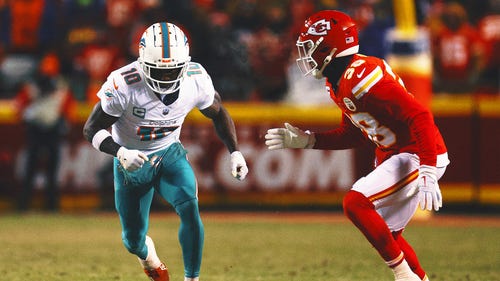
Tyreek Hill reveals Mike McDaniel called him out following playoff loss to Chiefs

2024 NFL Draft Schedule: Date, time, how to watch, TV channel
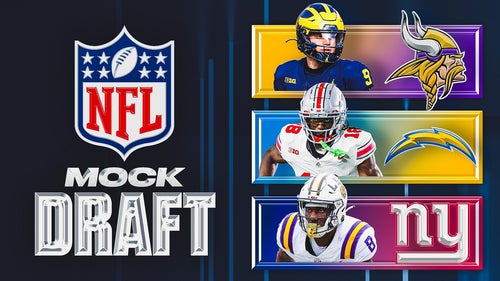
2024 NFL Mock Draft: Chargers, Giants land star wideouts after QBs go 1-4

2024 NFL Schedule Release: Date, when does the season start?


Jets reportedly trading former No. 2 overall pick Zach Wilson to Broncos

2024 NFL Draft: 5 QBs drafted, Jets add Bowers in Nick Wright's final mock draft

Sportsbooks brace for NFL Draft betting: 'It’s an impossible task'

Meet the most interesting player in the 2024 NFL Draft

What are Cowboys’ best options at QB if Dak Prescott leaves?

Tyreek Hill reveals Mike McDaniel called him out following playoff loss to Chiefs

2024 NFL Draft Schedule: Date, time, how to watch, TV channel

2024 NFL Mock Draft: Chargers, Giants land star wideouts after QBs go 1-4

2024 NFL Schedule Release: Date, when does the season start?
